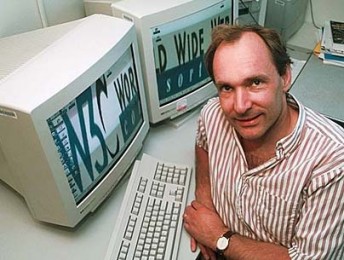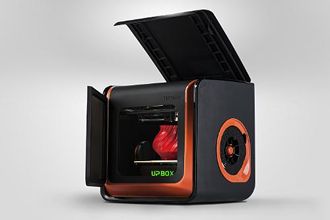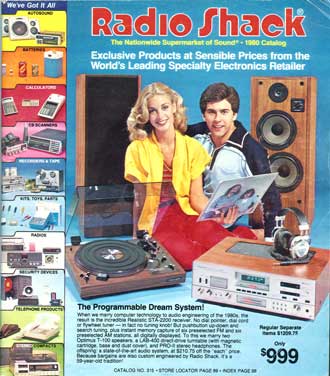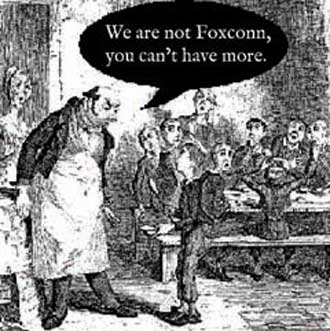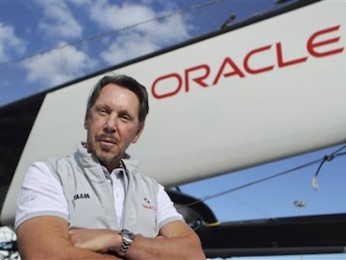 Much feared Oracle founder Larry Ellison has surprised everyone by stepping down as CEO and replacing himself with a two headed monster made from the bodies of Safra Catz and Mark Hurd.
Much feared Oracle founder Larry Ellison has surprised everyone by stepping down as CEO and replacing himself with a two headed monster made from the bodies of Safra Catz and Mark Hurd.
Ellison will still be the executive chairman of Oracle’s board, as well as the company’s chief technology officer.
Catz has been at Oracle for 15 years, serving as an executive in a variety of roles. She has been a president since 2004. From 2005 to 2008, she was CFO. While Ellison has chewed up and spat out many executives, that has been fairly cool for Catz, who has not only survived but thrived.
Soft porn star fancier Mark Hurd has been at Oracle since 2010 and was previously CEO of HP. He was ousted after fudging his expense accounts while trying to pick up a b-movie starlet named Jodie Fisher.
Adam Lashinsky at Fortune revealed that Hurd was thrown out because he did not want to disclose publicly that Fisher, and her attorney Gloria Allred, were accusing him of sexual harassment. The board wanted Hurd to disclose the charge, because they knew it would eventually get out.
As Hurd fought over disclosure, the board gradually lost faith in Hurd. Hurd was not exactly popular at HP – he fired people and killed the company’s R&D budget. This made him loved by Wall Street but unloved by HP.
It is not clear why Ellison wants out of Oracle which he founded in the late ’70s. The company’s software has become a key backbone for the internet and is widely used by the government and banking sectors.
Through aggressive sales methods, Ellison turned Oracle into one of the most valuable companies in the world. Its market cap is about $183 billion. It’s expected to do $40.2 billion in sales this year.
Ellison is the seventh richest man in the world, with a net worth of $46 billion.
But Ellison was, how do you say, a little aggressive. His motto for life comes from Genghis Khan: “It’s not sufficient I succeed. Everyone else must fail”. While Gates was spending his cash trying to save Africans from the mosquito, Ellison was buying his own Hawaiian island, and many homes, yachts, and cars. He was also investing huge wodges of cash to beat New Zealand in the America Cup.
All this makes his exit seem very strange indeed. In fact, we would not be surprised if he has to fend off rumours that he has some illness which prevents him from working. It would have to be a nasty illness that stops Larry doing anything Larry does not want to do. Of course his quitting could simply because he wants to build an iron man suit and save the world.
But Oracle Board’s Presiding Director, Michael Boskin said that Ellison had made it very clear that he wants to keep working full time and focus his energy on product engineering, technology development and strategy.


